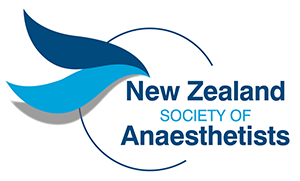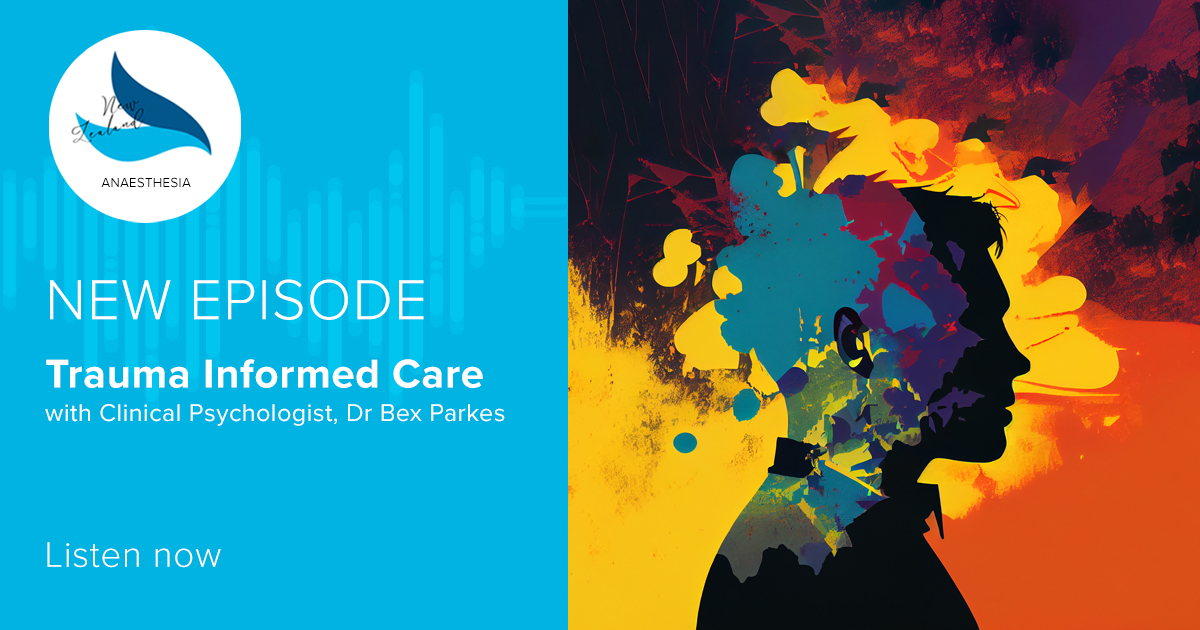Highlights from the 18th World Congress of Anaesthesiologists
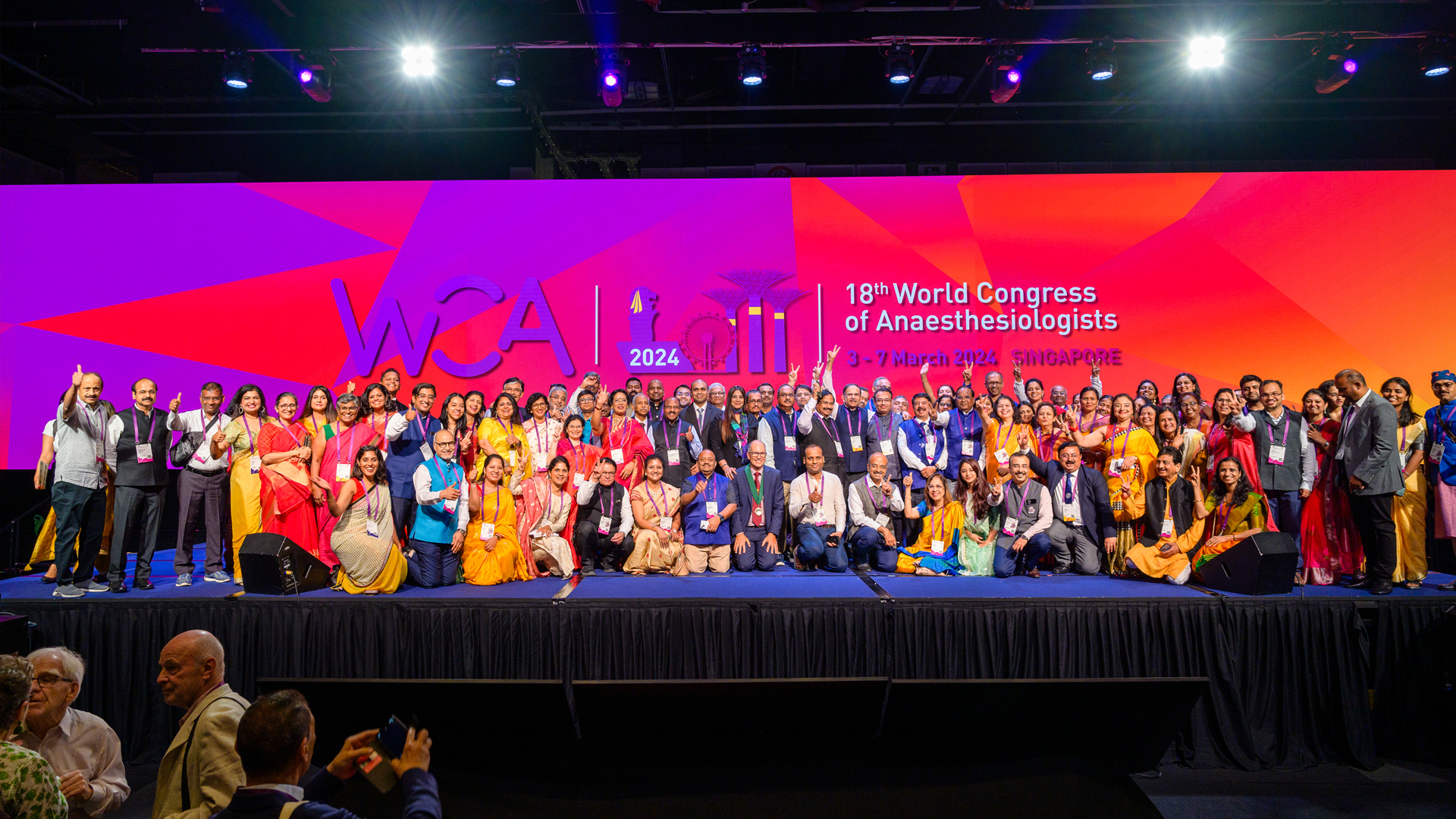
Feature article from NZ Anaesthesia Issue 64, April 2024.
Read the full magazine here.
Over 140 countries were represented at the WFSA’s World Congress of Anaesthesiologists in Singapore in March. Some NZSA members who were able to attend have shared highlights from their experience at the congress.
Dr James Dalby-Ball
Chair, Global Health Committee
With the theme ‘together we can’ the 18th World Congress of Anaesthesiologists was a great opportunity to re-connect with colleagues from all over the world.
Led by Assoc Prof Wayne Morriss from Christchurch, the organising committee together with the local Singapore Society of Anaesthesiologists, produced a conference that covered a huge array of topics, ranging from the latest applications of AI in Anaesthesia to detailed discussions about the welfare of Anaesthesiologists working in resource-poor environments.
Highlights for me were the Harold Griffith Lecture and the many sessions on Global Health, Paediatrics, and Neuroanaesthesia. From general wide-ranging discussions to the latest developments in these areas, the topics all provided opportunities to engage with anaesthetists from many corners of the world. In particular, the stories from past WFSA-sponsored fellows and how this support had impacted on their professional lives and wider healthcare in their country were fascinating. It was also great to see many of our local colleagues from the Pacific Anaesthesia community present their work and to see the results of the NZSA’s support.
As a fellow New Zealand Anaesthetist, it was great to see Dr Wayne Morriss in action as the President of the WFSA, talking about the work of an organisation he has put so much time into. I think the attendance at the meeting, the engagement of all participants and the reception he received spoke volumes about how much effort he and his committee have put into making the WFSA such an effective global voice for Anaesthesia over the last few years.
Singapore provided a great backdrop, and we certainly made the most of being in this vibrant city (some attendees even made it to the Taylor Swift concert!).

Dr Caroline Zhou
Chair, PANNZ & Member of the Global Health Committee
After the isolation of Covid-19 pandemic, it was great to rub shoulders with people from all over the globe, meeting new faces and reconnecting with others at the WCA. Parallel tracks covered a huge range of topics, from paediatric anaesthesia to obesity, from chronic pain to global health.
The two most interesting things I attended were a workshop on gastric and airway ultrasound conducted by the people who wrote some of the original articles, and a session on processed EEG.
In the workshop, volunteers were starved (for hours!!!) so we could see an empty stomach, and then they were asked to drink 100ml of water before we scanned them again to practice tracing the gastric outline. We also practiced two different approaches to ultrasound of the cricothyroid membrane. I certainly feel much more confident with these scanning techniques and can’t wait to use them on patients!
In the EEG session, one of the speakers showed how he reverse engineered a BIS monitor, worked out the processing algorithm, and certainly answered one of my clinical observations of why it seems to over-read inactive EEG in elderly patients. Given the rise of TIVA practice, I think we all need to learn a bit more about EEG and processed EEG monitors if we are to rely on them to ensure patients’ unconscious state. An interesting side note – a Japanese gentleman at the tradeshow was exhibiting his breath-to-breath propofol concentration monitor! Still in the experimental stages and not commercial yet though…
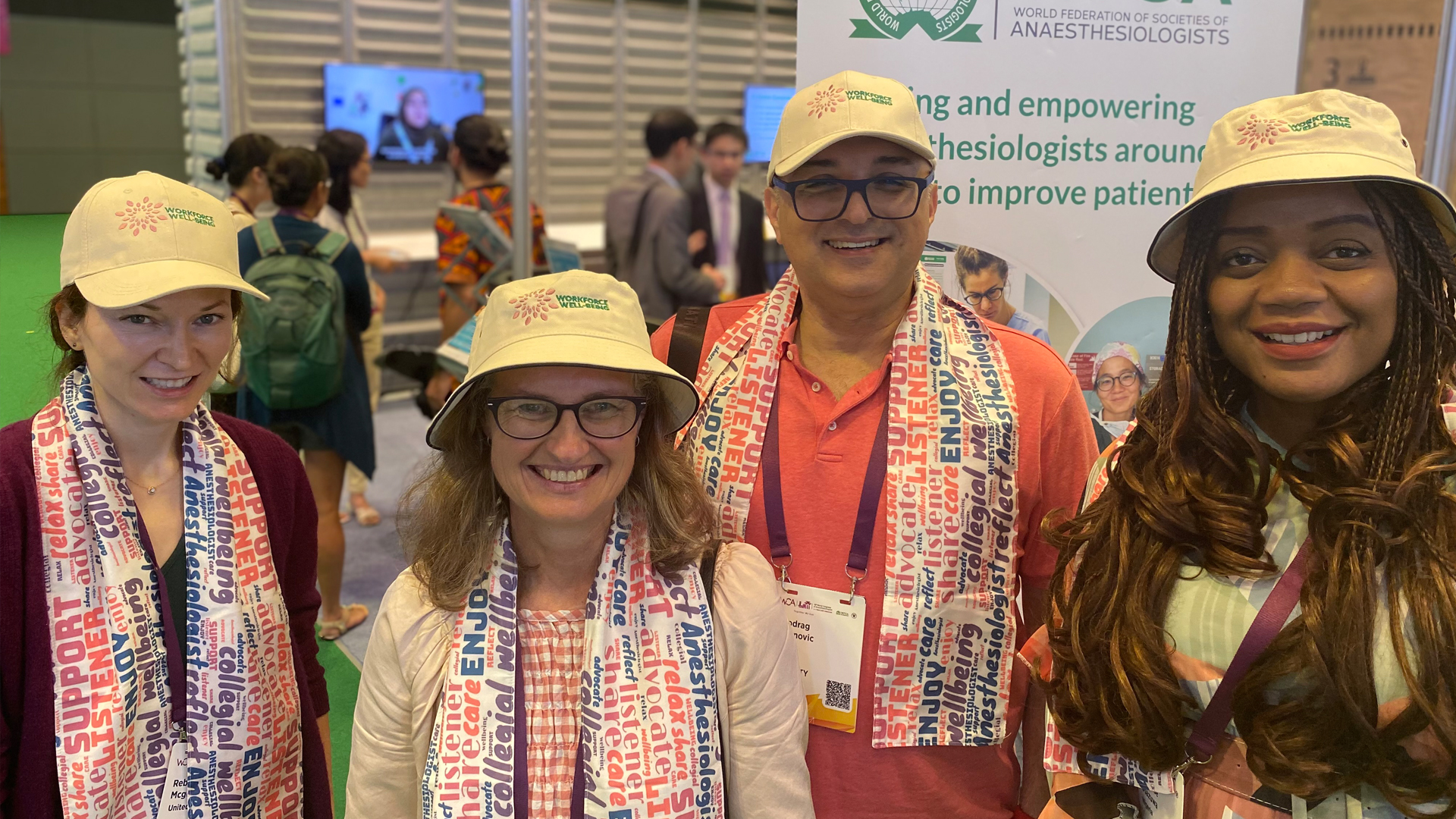
Dr Charlotte Legge
For anyone interested in global anaesthesia, I would highly recommend attending the WFSA’s World Congress of Anaesthesiologists. WCA 2024 was held over 4.5 days and saw a strong contingent from Aotearoa and the wider South Pacific in attendance.
For me, the conference presented an opportunity to learn how clinicians in developing countries are working to find solutions to the challenges they face in the provision of safe anaesthesia. One way is through collaboration, reciprocal learning, and education such as PATA (Paediatric Anaesthesia Training in Africa) and the PNG/ Australia/NZ partnership.
To continue the advocacy work of the NZSA’s Global Health Committee (GHC), I presented two e-posters during the global health session. The first was on the Pacific Anaesthesia Collaborative Training (PACT) initiative and the second was on research undertaken by the GHC looking at the experience of South Pacific Fellows in Aotearoa New Zealand. It was a privilege to present to an audience with a genuine interest in global anaesthesia and surgery.
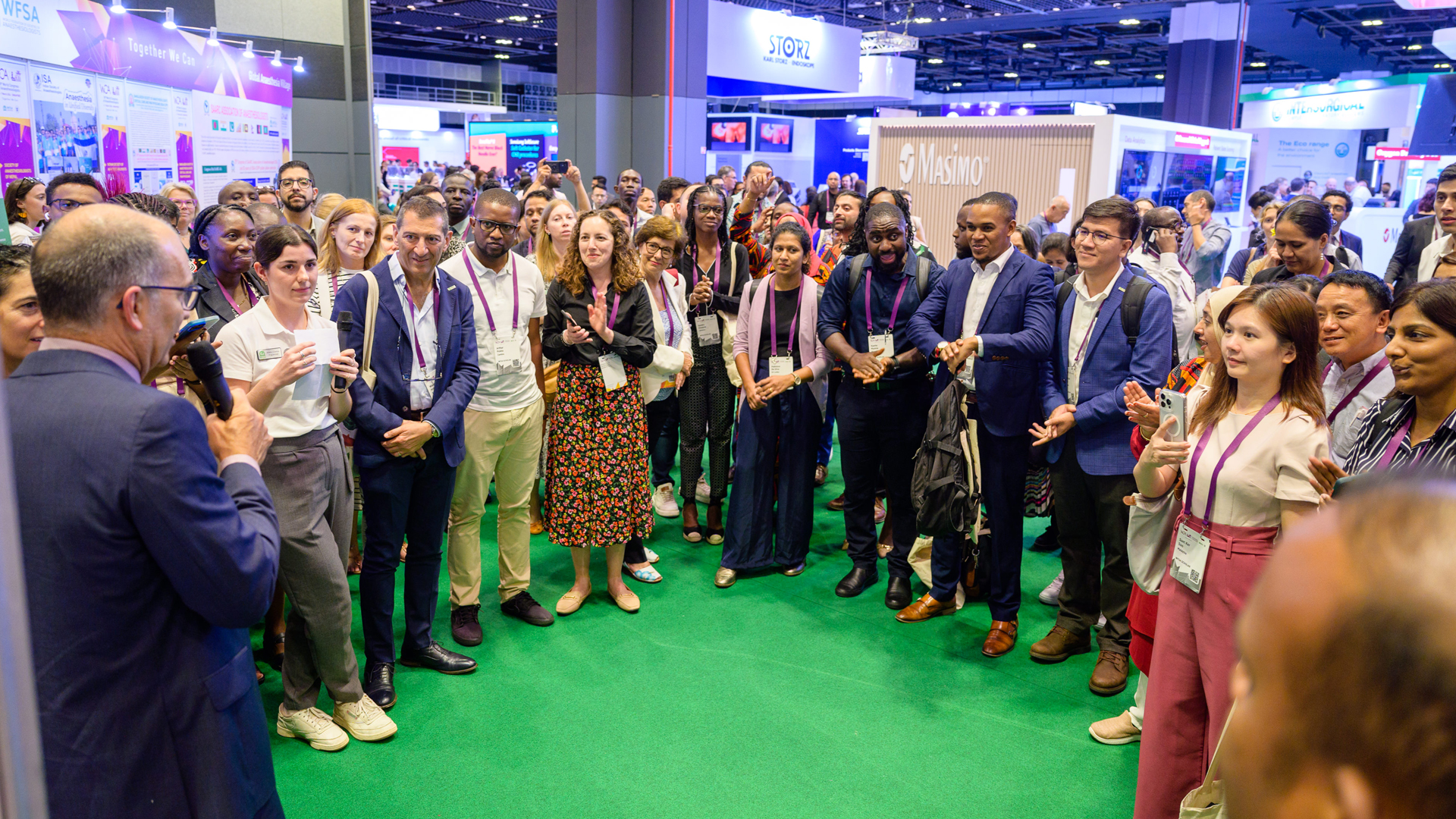
Dr Cecilia Vaai-Bartley
Consultant anaesthetist, Samoa
WCA2024 in Singapore was an unforgettable wholesome experience. This was my first ever international conference and I envision it will not be my last. I was privileged to be one of 68 WFSA scholars! – the largest number of scholars sponsored for a WCA. I was also delighted to present my MMED research as an e-poster on the first day and am even more determined now to get my work published this year. The theme ‘together we can’ was very fitting as the whole atmosphere of the Congress was inviting, collegial, sharing and supportive. There were many highlights but the sessions that stood out for me were:
Global Health: appreciating the challenges of settings similarly resourced to Samoa (and sometimes even worse off) and the ideas and resolutions to tackle these.
Patient Blood Management: a new concept to me even though it has been around for some time. I fully support this initiative by the WFSA to implement key PBM principles in the perioperative period and hope PBM training will reach our shores in the near future. Currently, our team is finalising a blood transfusion protocol and integrating these principles into this protocol may be our first step towards implementing PBM.
Harold Griffith Lecture: The inspiring speech by past WFSA president Dr Mellin- Olsen and the thought-provoking session on Risks by Dr Kevin Fong.
A prominent feature of the WCA was the technological advancements (current and future) including AI, and how we can utilise these to improve patient care. Being from a small island nation these innovations can seem so foreign. However, it is interesting and important to be aware of them even if they may not reach Samoa during my career.
I have returned from Singapore with a renewed sense of confidence – there are many things to be done and improved on in my local setting, especially from a systems perspective. We can only take it one day at a time, focus on achievable goals, work well with other teams in the hospital and utilise the connections and relationships we have with the global anaesthesia workforce. Thank you again, Faafetai tele lava to NZSA for this tremendous opportunity.
Dr Cecilia Vaai-Bartley was awarded a scholarship from the NZSA to attend the WCA.
Photos
Top: Assoc Prof Yew Weng Chan (Singapore Local Organising Committee Chair), Prof Daniela Filipescu (WFSA President), Assoc Prof Wayne Morriss (WFSA Past President), Assoc Prof Sophia Chew (SSA President), Assoc Prof Pui San Loh (Cochair of the WCA Sustainability Track) at the WCA 2024.
Middle: New Zealand’s Dr Sue Nicoll Chair of WFSA Wellbeing Committee and members of the Wellbeing Committee.
Bottom: Presentation of the 68 WFSA international scholars in the Global Anaesthesia Village.
Photos kindly supplied by the World Federation of Societies of Anaesthesiologists (WFSA).
